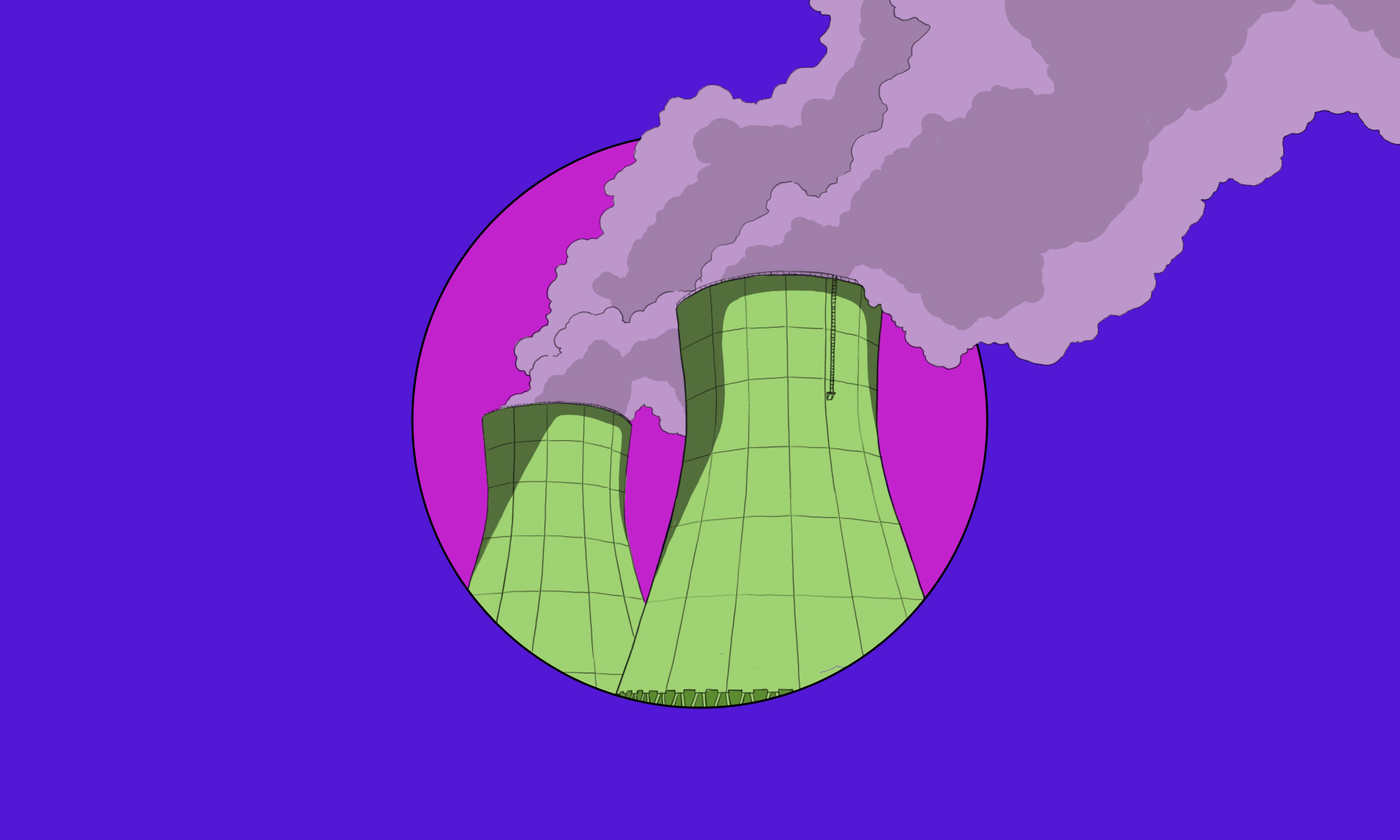Nuclear power plant near Hong Kong appears safe after reports of radiation leak
Something went wrong at a nuclear power plant in the Pearl River Delta, home to tens of millions of people and a big chunk of the world’s manufacturing industry. But everything seems to be under control and experts say no one is at risk.

On Monday, CNN reported that the “U.S. government is assessing reports of a possible leak at a Chinese nuclear power plant, after the French company that part owns and operates it warned of an ‘imminent radiological threat.’”
- The Taishan nuclear power plant is less than 100 miles from Hong Kong, and provides power for the manufacturing hubs of Guangzhou and Shenzhen.
Yesterday, Chinese Foreign Ministry spokesperson Zhào Lìjiān 赵立坚 said that there are “normal level of environmental radiation in the surrounding areas of the nuclear power plant, the safety of which is guaranteed” (in English, Chinese).
- Zhao’s words are not at all reassuring given his wolf warrior approach to the truth, but today, the less emotionally-inclined Ministry of Ecology and Environment said that “‘about five’ of the uranium fuel rods inside a nuclear power plant in southeastern China had been damaged, but added that no radiation had leaked out of reactors at the site.”
Should we be worried?
“It appears not,” says New Scientist. The French owner-operator Framatome “described the problems at the plant as ‘a performance issue,” while an industry expert told New Scientist that “This situation in principle does not pose any immediate danger.”
Context: The Taishan plant is “an unusually high profile one, due to its reactor design, known as EPR,” according to New Scientist. Taishan has two EPR reactors, jointly designed by Siemens of Germany and EDF of France.
- “Taishan’s reactor number one was the first EPR in the world to become operational when it was connected to the grid in 2018.”
Further reporting:
